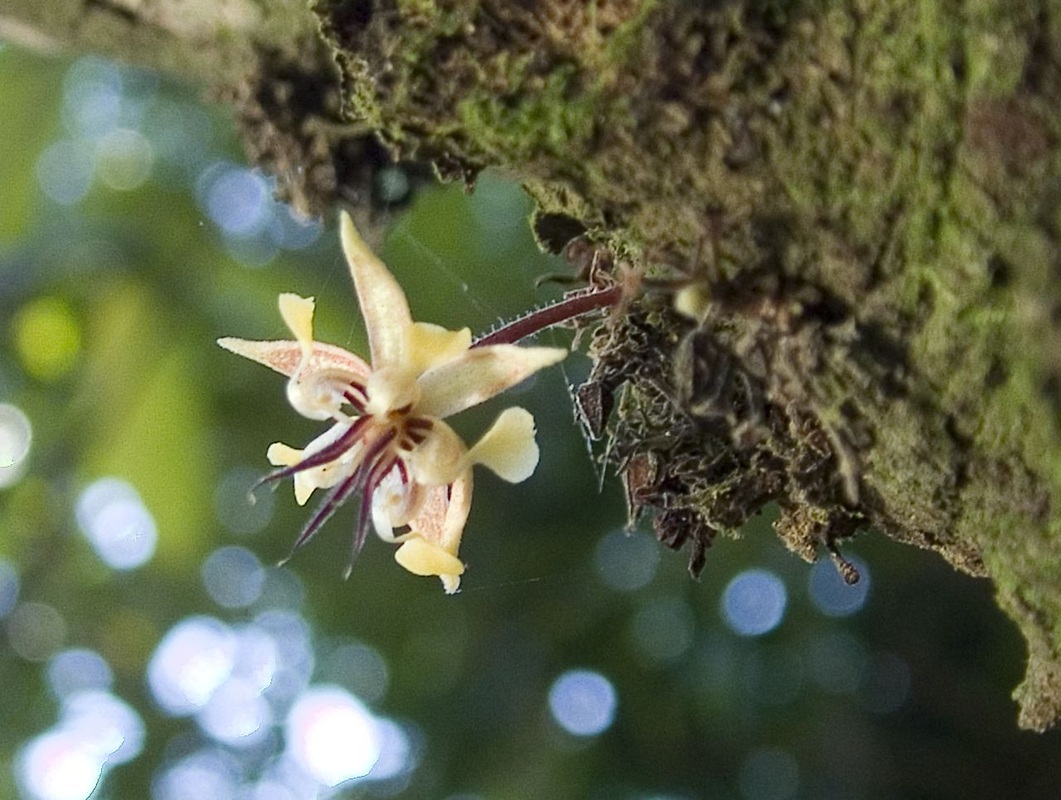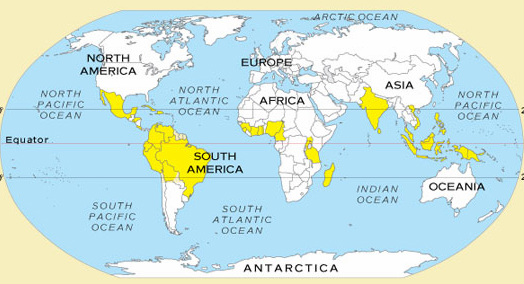*Photos courtesy of Carlos Eichenberger, Danta Chocolate, Guatemala
A BRIEF HISTORY & BIOLOGY OF CHOCOLATE

Chocolate Pot of the 1800s
Recent archaeological evidence has shown that the use of chocolate goes further back in time than historians had previously thought. Chocolate boasts an antiquity that stretches back 38 centuries! It was originally believed that the Mayans and later the Aztecs were the first to domesticate and use chocolate. We now know that it predates even these civilizations and goes back to the Olmec and Toltec civilizations of very early Mesoamerica. Today we think of chocolate as a solid, sweet treat, but during 9/10s of chocolate’s long history it was a spicy, savory drink rather than a solid food. It was not sweetened, but flavored with chili pepper and later anise seed, black pepper and cinnamon. It was not until Christopher Columbus brought his new find to Europe that the aristocracy claimed it and added sugar. Cacao was used in rituals, sacred and ceremonial events in early civilizations and was heavily used in trade and barter, garnering great value. When it arrived in Europe it became favored by high society and was used to honor celebratory events as we would use champagne today. Early baroque and renaissance paintings often display a “chocolate pot” especially made for serving what was then considered an exotic drink. It was not until the mid 1800s that chocolate became a solid, sweetened delicacy.
|
Cacao, a unusual looking tree, grows in the damp shady understory of the rainforest. With very few exceptions it grows and bears fruit only within a band extending from 20 degrees North to 20 degrees South of the equator, circumferentially girdling the globe. “Theobroma cacao” was the name given to this tree by Linnaeus in 1753. It is defined in Greek as “food of the gods,” .....a name that most chocophiles find fitting to this delicious substance! What makes this tree unusual is that it flowers and fruits directly from the trunk and larger branches rather than at the terminal branches like most trees. Only 1-3% of flowers actually bear fruit. Once pollinated each flower results in a large pod containing 30-40 cacao beans surrounded by a sweet pulp. They take 4-5 months to reach full size and then another month to ripen completely. What is also unusual is that the pods do not open to release their beans naturally. Either humans, who open them to use the beans, or animals, who open the pod to eat the pulp, must do so.
Like vineyards and fine wines, cacao beans are impacted by the effects of climate and soil, a term referred to as “terroir.” Chocolate can have floral, fruity, spicy, smoky, citrus or tobacco overtones depending on where the beans were grown. The finest chocolate manufacturers of the world create “single origin” chocolates where we can taste the nuances of local flavors and they, as well, have the ability to blend the various beans to create a beautiful balance of tastes to please the palate. |
*For more information on the history and biology of chocolate, the following is a wonderful source:
"The True History of Chocolate," by Sophie and Michael Coe
HEALTH BENEFITS OF CHOCOLATE
|
There is a growing body of credible scientific evidence that chocolate contains a host of heart-healthy and mood-enhancing phytochemicals, with benefits to both body and mind. Dark chocolate contains the highest amount of cacao solids and the least sugar of all chocolate products, and therefore of all chocolate products are the best for your health. (Milk chocolate and white chocolate contain significantly less cacao solids and more sugar and milk which dilute the benefits). Dark chocolate is an incredibly complex substance known to contain over 400 individual chemical compounds. *Chocolate is a plentiful source of antioxidants. It is particularly rich in polyphenols which are protective chemicals found in plant foods such as red wine, blueberries and green tea. One serving of dark chocolate has more antioxidant capacity than a serving of any of the aforementioned. The reason why cocoa and dark chocolate pack such a punch is because the antioxidants are so concentrated. Polyphenols make up more than 10% of the weight of dry raw cacao beans. *Flavanols, found only in cacao beans, also have antioxidant effects. By scavenging free radicals they reduce inflammation and recent studies have shown that consumption of dark chocolate helps lower blood pressure, can reduce LDL cholesterol by 10%, reduces the incidence of atherosclerosis by preventing the aggregation of platelets, and reduces the manifestation of adult onset diabetes. *Recent studies have shown that dark chocolate is good for the brain. Researchers at Johns Hopkins University found that it can protect the brain after a stroke by shielding the nerve cells from further damage. Dark chocolate has also been found to improve memory. Chocolate contains epicatechin which has been shown to improve the memory of mice. *Cacao solids contain mood enhancing chemicals including theobromine, serotonin, phenylethylamine, and anandamide. The cacao bean is the highest natural source of theobromine in nature, a stimulant in the same class of alkaloids as caffeine. It is known to be mood enhancing, a vasodilator, and diuretic. Phenylethylamine triggers the release of pleasurable endorphins and potentiates the action of dopamine, a chemical that is released in the brain when people become infatuated or fall in love. Serotonin is a natural antidepressant. Anandamide is naturally produced in the brain and binds to the same receptor sites in the brain as the cannabinoids, producing feelings of elation and exhilaration. *Theobromine has been shown to decrease the incidence of tooth decay by minimizing Streptococcus mutans in the oral cavity, the bacteria most associated with the formation of tooth decay. *Cacao is higher in magnesium than any other plant. Magnesium is an important mineral that helps in the regulation of digestive, metabolic, neurological and cardiovascular systems. Anecdotally, the world’s longest-lived person, Jeanne Louise Calment, lived to the age of 122 and reportedly ate 2.5 pounds of dark chocolate a week! ****************************************** For more information the following is a wonderful source: “Chocolate Unwrapped: The Surprising Health Benefits of America’s Favorite Passion,” by Rowan Jacobsen |





